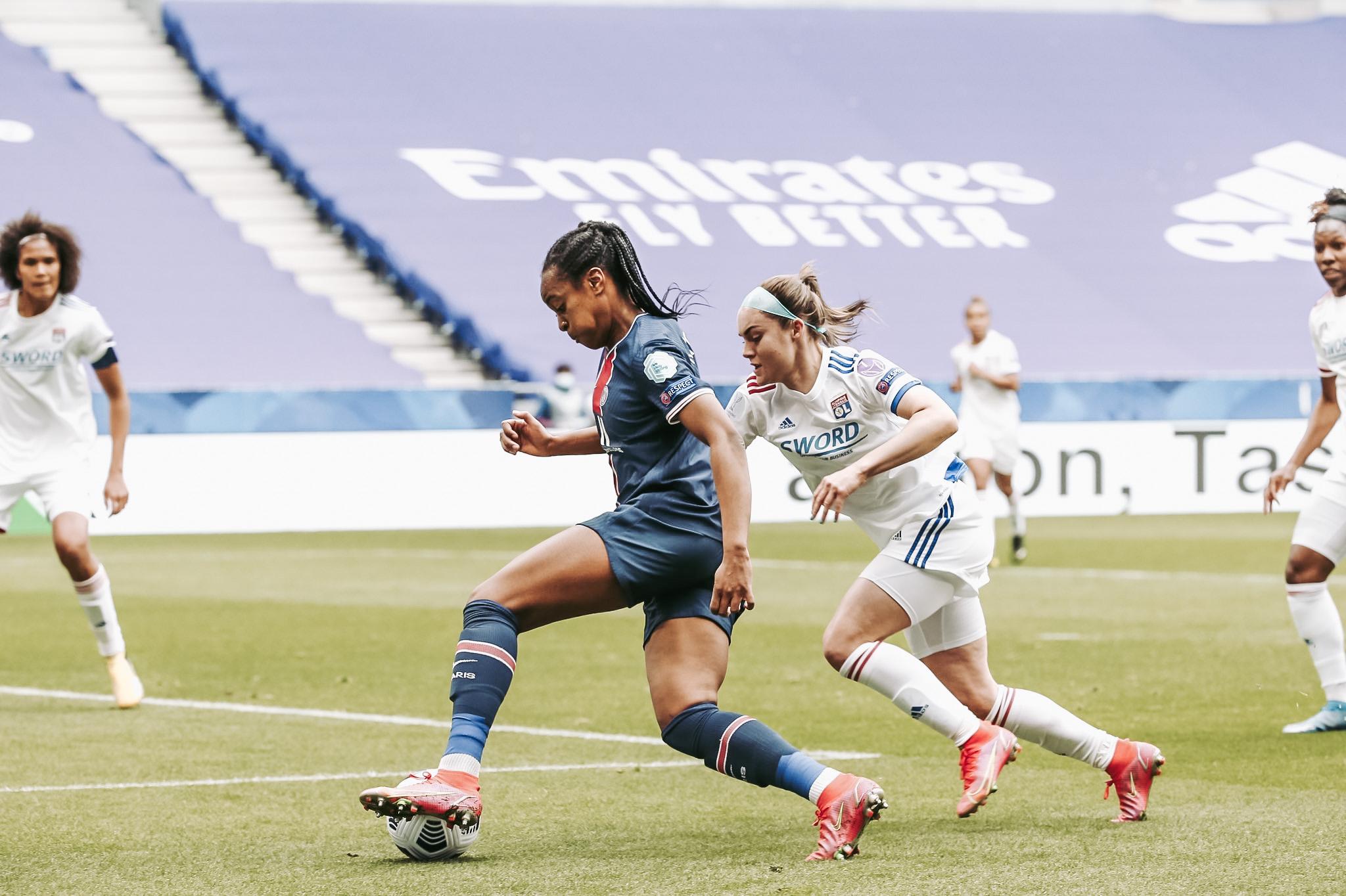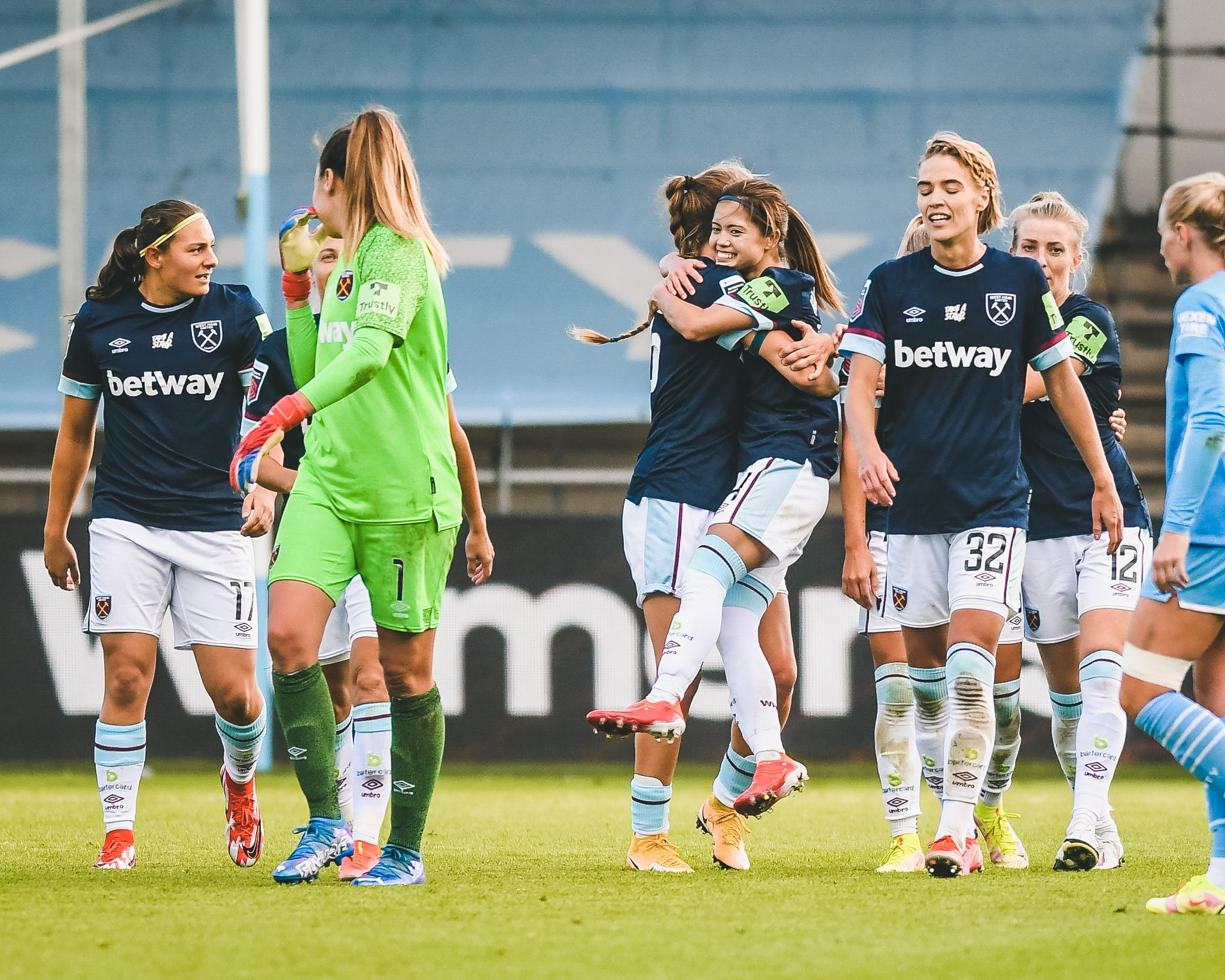The UEFA Women’s Champions League group stage draw took place on Monday, September 13. The sixteen teams qualified for the group stage were separated into four pots for the draw.
Pot one was composed of title holders Barcelona and the three country champions of nations with the highest association ranking: Paris Saint Germain, Bayern München and Chelsea.
The remaining pots were created in accordance of each club’s coefficient ranking. All teams in Pots 2-4 had passed through one or two rounds of group stage qualification in the previous month.
The four groups of the 2021-22 UWCL Group Stage are as follows:
Group A:
Chelsea FC (ENG)
VFL Wolfsburg (GER)
Juventus (ITA)
Servette FCCF (SUI)
Group B:
Paris Saint Germain (FRA)
Breidablik (ISL)
Real Madrid (ESP)
Kharkiv (UKR)
Group C:
Barcelona (ESP)
Arsenal FC (ENG)
TSG 1899 Hoffenheim (GER)
HB Køge (DEN)
Group D:
Bayern München (GER)
Olympique Lyonnais (FRA)
BK Häcken (SWE)
SL Benfica (POR)
All teams will face every opponent in their group in both home and away matches during the next few months, with the group stage finishing in mid-December. The top two teams of group will pass through to the knock-out stage of the competition. Those, the quarter-finals will start next March.
Season calendar
Group stage
Matchday 1: 5/6 October
Matchday 2: 13/14 October
Matchday 3: 9/10 November
Matchday 4: 17/18 November
Matchday 5: 8/9 December
Matchday 6: 15/16 December
Quarter-final & semi-final draw
20 December
Quarter-finals
First leg: 22/23 March
Second leg: 30/31 March
Semi-finals
First leg: 23/24 April
Second leg: 30 April/1 May
Final (Juventus Stadium, Turin)
Date TBC
The totality of the tournament will be broadcast on DAZN and for free on DAZN’s YouTube.

UEFA’s Executive Committee agreed to the new financial distribution model at a meeting in Montreux on 19 April 2021 – part of its approval of a new regulatory framework for the Women’s Champions League. The model, which came into effect on 1 May 2021, was designed by a dedicated UEFA Women’s Champions League regulatory framework working group composed of European clubs, leagues, national associations and the ECA and overseen by the UEFA Women’s Football Committee.
In what other ways does the new regulatory framework for the Women’s Champions League support the development of the female professional game?
UEFA has taken steps to adapt its competition regulations to better protect female professional players, as well as to promote the development of European talent.
Welfare: the regulations will now safeguard the welfare of pregnant players and those that become mothers. From the start of the 2021/22 season, participating clubs will have the flexibility to alter their squad lists at any time during the season in order to temporarily replace players, either because they are pregnant, or because they leave for or return from maternity leave.
Player development: The development of talented youth players is now central to competition regulations. The introduction of a B-List will allow clubs to supplement squad lists by including young players who meet specific criteria. Furthermore, from the 2022/23 season, UEFA plans to introduce a ‘locally trained player’ rule to nurture the growth of European homegrown talent.
How else will the revamped competition set new standards for professional women’s football?
The video assistant referee (VAR), previously only deployed for the final, will be used for all matches in the knockout stage.
How exactly will the format of the Women’s Champions League change for the 2021/22 season?
The new format replaced the current round of 16 with a group stage. The two preceding qualifying rounds will be split into a champions path and a league path.









